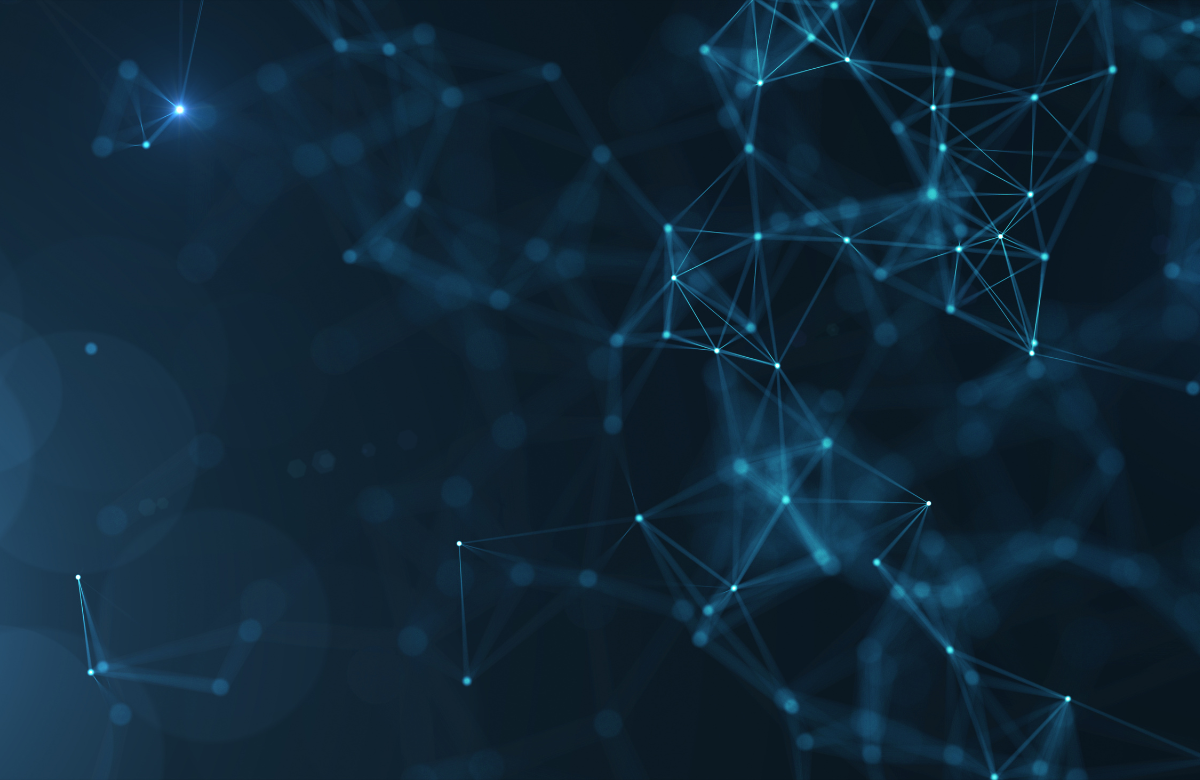
This technical discussion enquires on the speed organisations may find by modernising legacy applications in real time and the qualities we should seek from our platforms.
The question of legacy applications is one of the first challenges a CIO is asked to tackle—but modern advancements can help enormously. What technology do you require? How do you prioritise which legacy systems you modernise? And what do CIOs and technology leaders want from partners and vendors to help them fully activate the benefits of modernisation?
With Technology Journalist and Editor Mark Chillingworth moderating, the speakers of the roundtable debate include:
- Prakash Vyas, Senior Director, Global GTM, OutSystems
- Rachel Scully, Manager Geosigns Deployment and Support, Shell
- Nick Reeks; IT Director, Vendor Management, Tata Steel
- Gregory Morely, Group CIO, United Living Group Ltd
- Julie Pierce; Director, Food Standards Agency
Business imperative
Digital transformation has made it imperative for application leaders to find effective ways to modernise legacy systems. The biggest challenge? Knowing the risk-to-reward ratio before acting. For many organisations, legacy systems are seen as holding back the business initiatives and business processes that rely on them. When a tipping point is reached, application leaders must look to application modernisation to help remove the obstacles.
There are six main drivers for application modernisation. These are the issues, concerns or impediments that have been created by the legacy application as a result of its technology, architecture or functionality.
Three of these drivers come from a business perspective — business fit, business value and agility. If the legacy application is not meeting the new requirements imposed by digital business, it needs to be modernised to fit properly, and should be upgraded to provide greater business value. Applications that lack the agility to keep pace with the demands of digital business may be a cost or risk liability.
Modernisation drivers
The three other drivers come from the IT perspective, and involve cost, complexity and risk. If the total cost of ownership is too high, the technology too complex, or security, compliance, support or scalability are being compromised, it’s time to modernise. The best modernisation opportunities are those with multiple drivers from both a business and an IT perspective.
Once the opportunity is selected and the problem is identified, look at modernisation options. Gartner has ranked seven options by ease of implementation; the easier it is, the less risk and impact it will have on the system and the business processes; the harder, the more risk and impact it will have.
Finally, choose the modernisation approach that will have the highest effect and value to your organisation by mapping the seven modernisation options in terms of their effect on technology, architecture, functionality, cost and risk. Ultimately, modernising legacy applications means choosing between rearchitecting, rebuilding or replacing. Rearchitecting has medium costs and risks, whereas rebuilding or replacing provides best results with higher costs and risks. The key is to weigh all options to help identify the extent to which each will have the desired effect — with the minimum effort and maximum positive impact.
This Studio roundtable was created in partnership with OutSystems.
SUBMIT A COMMENT
RELATED ARTICLES
Join the community
To join the HotTopics Community and gain access to our exclusive content, events and networking opportunities simply fill in the form below.
